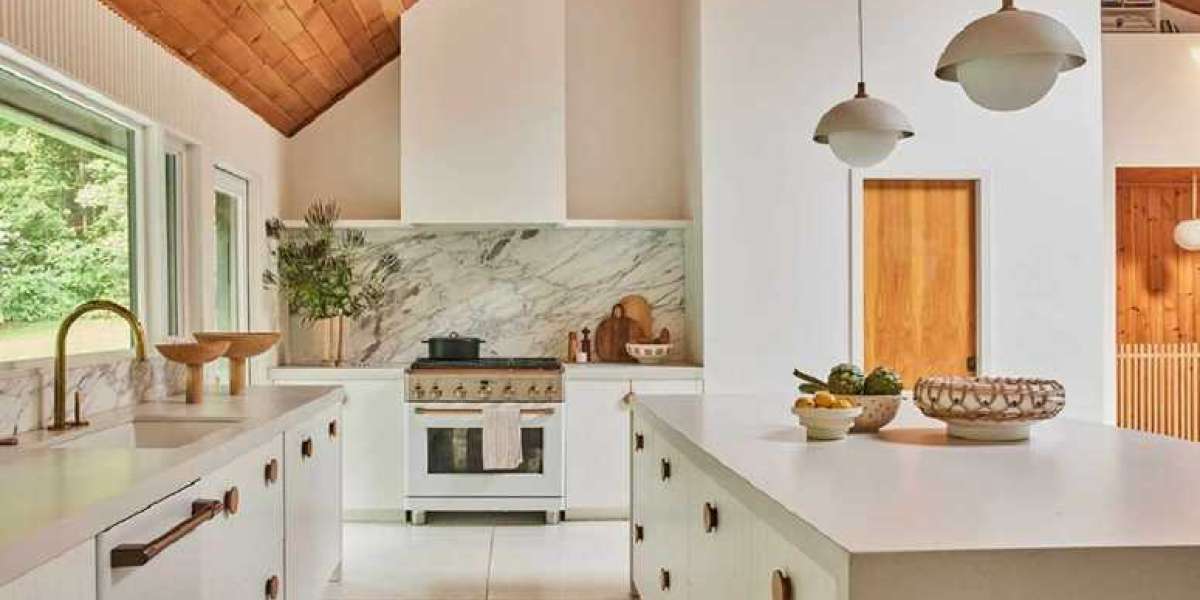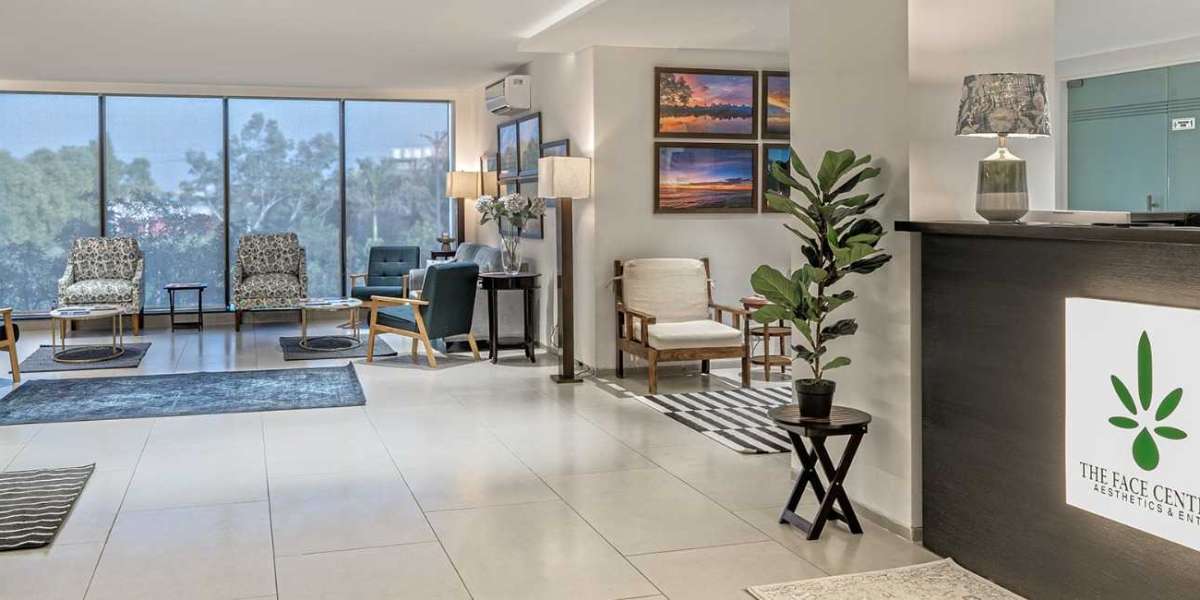Mid-century modern design is a beloved style that has stood the test of time, and it continues to inspire homeowners and designers alike. Known for its clean lines, functional aesthetics, and use of natural materials, mid-century modern design brings a sophisticated, yet inviting, look to any space. In the heart of the home—the kitchen—this design philosophy is especially impactful. Mid-century modern kitchen cabinets are a cornerstone of this style, offering a timeless appeal that blends seamlessly with both vintage and contemporary elements.
In this article, we’ll explore how to incorporate mid-century modern kitchen cabinets into your kitchen, discuss the key features and materials that define the style, and provide tips for blending this iconic look into modern living spaces.
Understanding Mid-Century Modern Design
Origins and Key Characteristics
Mid-century modern design emerged in the post-World War II era, roughly between the 1940s and 1960s. It was a time of optimism, innovation, and simplicity. The style reflects a desire for functionality combined with beauty, and it emphasizes clean, uncluttered lines, geometric forms, and an open layout.
Key characteristics of mid-century modern design include:
- Minimalist aesthetics: This style focuses on the essentials, with an emphasis on simplicity and avoiding unnecessary ornamentation.
- Functionality: Every element serves a purpose, which makes mid-century modern cabinets perfect for those who value efficient kitchen layouts.
- Natural materials: Mid-century modern design often incorporates wood, particularly teak and walnut, as well as glass and metal.
Elements of Mid-Century Modern Kitchens
Cabinetry Features
One of the hallmarks of mid-century modern kitchens is the cabinetry. The cabinets are designed with a sleek, minimalist approach, often featuring flat, slab-front doors that create a streamlined appearance.
- Flat-front cabinets: These are the most iconic feature of mid-century modern kitchen cabinets. Their smooth, unadorned fronts keep the design simple and modern.
- Rich wood tones: Teak, walnut, and oak are frequently used in mid-century modern cabinetry. These warm woods lend a natural, organic feel to the kitchen and complement the minimalist design.
- Glass-front cabinets: Some mid-century modern kitchens feature glass-front cabinets to showcase dishware or add a sense of openness. Glass helps balance the heavier wood elements and brings in a lighter, more transparent feel.
Color Palettes and Materials
Mid-century modern kitchens often feature earthy tones alongside bold accents, creating a unique contrast that defines the style. The colors are inspired by nature, with a playful twist.
- Earthy tones: Colors like olive green, mustard yellow, burnt orange, and deep brown are popular choices for mid-century modern kitchen cabinets.
- Bold accents: While the base tones are usually muted, bold accent colors such as turquoise, red, or bright yellow can be introduced through backsplashes, appliances, or accessories.
- Terrazzo and laminate materials: For countertops and backsplashes, materials like terrazzo or laminate are commonly used. These surfaces are durable, easy to clean, and fit the retro aesthetic.
Layout and Functionality
Mid-century modern kitchens emphasize open layouts, with a focus on practicality and seamless flow between spaces. This design encourages connectivity and interaction, making it ideal for today’s open-concept homes.
- Open-concept design: This layout promotes a sense of space, creating an airy, light-filled kitchen. It's especially effective in homes with small kitchens, as the open design makes the room feel larger.
- Efficient storage solutions: Cabinets are often designed with functionality in mind, including pull-out drawers, lazy Susans, and vertical storage spaces to maximize every inch of the kitchen.
- Natural light: Large windows or skylights are frequently incorporated to flood the space with natural light, enhancing the connection between the indoors and outdoors.
Incorporating Mid-Century Modern Cabinets in Your Home
Selecting the Right Materials
Choosing the right materials for your mid-century modern kitchen cabinets is essential to achieving an authentic look. Woods with a prominent grain pattern are preferred, as they offer both durability and beauty.
- Quality wood: Teak, walnut, and oak are the most popular choices, as they provide a rich, organic texture that elevates the overall design.
- Sustainable options: Today, many homeowners opt for eco-friendly and sustainable materials, such as reclaimed wood, which offers both aesthetic appeal and environmental benefits.
Color Selection and Accents
Color plays a significant role in defining the mid-century modern aesthetic. Balancing neutral tones with vibrant accents creates visual interest and ensures that your kitchen remains timeless.
- Neutral base with pops of color: A neutral backdrop of white or soft gray pairs beautifully with bold accent colors like turquoise, orange, or red. Consider using these colors in your cabinetry, backsplash, or appliances to give the space a playful yet sophisticated touch.
- Color-blocking techniques: Use color-blocking in your cabinet design to create contrast. For example, a row of upper cabinets in white can be paired with darker wood lower cabinets for a striking look.
Hardware and Accessories
When it comes to hardware and accessories, mid-century modern kitchens favor minimalist, functional designs that align with the overall sleek aesthetic.
- Simple hardware: Opt for understated hardware like tubular pulls or recessed handles. These options maintain the clean lines of the cabinets and don’t distract from the overall design.
- Retro lighting and fixtures: Consider incorporating pendant lighting or globe lights with a retro flair. Brass, chrome, or matte black finishes complement mid-century modern cabinets and add a vintage touch.
Modern Interpretations and Trends
Blending Vintage with Contemporary
One of the great things about mid-century modern design is its adaptability. Many homeowners blend mid-century elements with contemporary features to create a kitchen that’s both stylish and functional for modern living.
- Modern appliances with classic cabinetry: Stainless steel or matte black appliances work well with mid-century modern cabinets, adding a contemporary edge to the classic design.
- Smart technology integration: Many modern kitchens incorporate technology like smart lighting, touchless faucets, or built-in appliances, seamlessly integrated into mid-century modern cabinetry.
Eco-Friendly and Sustainable Choices
Sustainability is a growing trend in kitchen design, and mid-century modern kitchens are no exception. Homeowners are increasingly choosing eco-friendly materials and energy-efficient appliances to reduce their environmental impact.
- Reclaimed wood cabinets: Using reclaimed or recycled wood not only reduces waste but also gives your kitchen a unique, one-of-a-kind look.
- Energy-efficient lighting: LED lighting, especially in retro-inspired fixtures, can reduce energy consumption while still maintaining the mid-century modern aesthetic.
Inspiring Examples of Mid-Century Modern Kitchens
Case Studies and Design Inspirations
There are countless examples of beautifully designed mid-century modern kitchens that can inspire your own remodel. From classic wood tones to bold color schemes, these kitchens capture the essence of the style while offering modern functionality.
- Personalized touches: Some designers incorporate personal elements like unique lighting fixtures, custom-built cabinets, or vintage accessories to create a one-of-a-kind space.
Expert Tips and Recommendations
To achieve an authentic mid-century modern look, it’s important to follow some expert advice:
- Don’t over-clutter: Mid-century modern is all about minimalism, so keep countertops clean and avoid excessive decorations.
- Stick to natural materials: To maintain the integrity of the design, choose natural materials like wood, glass, and metal whenever possible.
Conclusion
Mid-century modern kitchen cabinets offer a timeless design that blends form and function effortlessly. Whether renovating your kitchen or simply updating your cabinetry, this style provides a perfect balance of sleek modernity and vintage charm. By carefully selecting materials, colors, and hardware and by blending modern conveniences with classic elements, you can create a mid-century modern kitchen that will remain stylish and functional for years to come.













